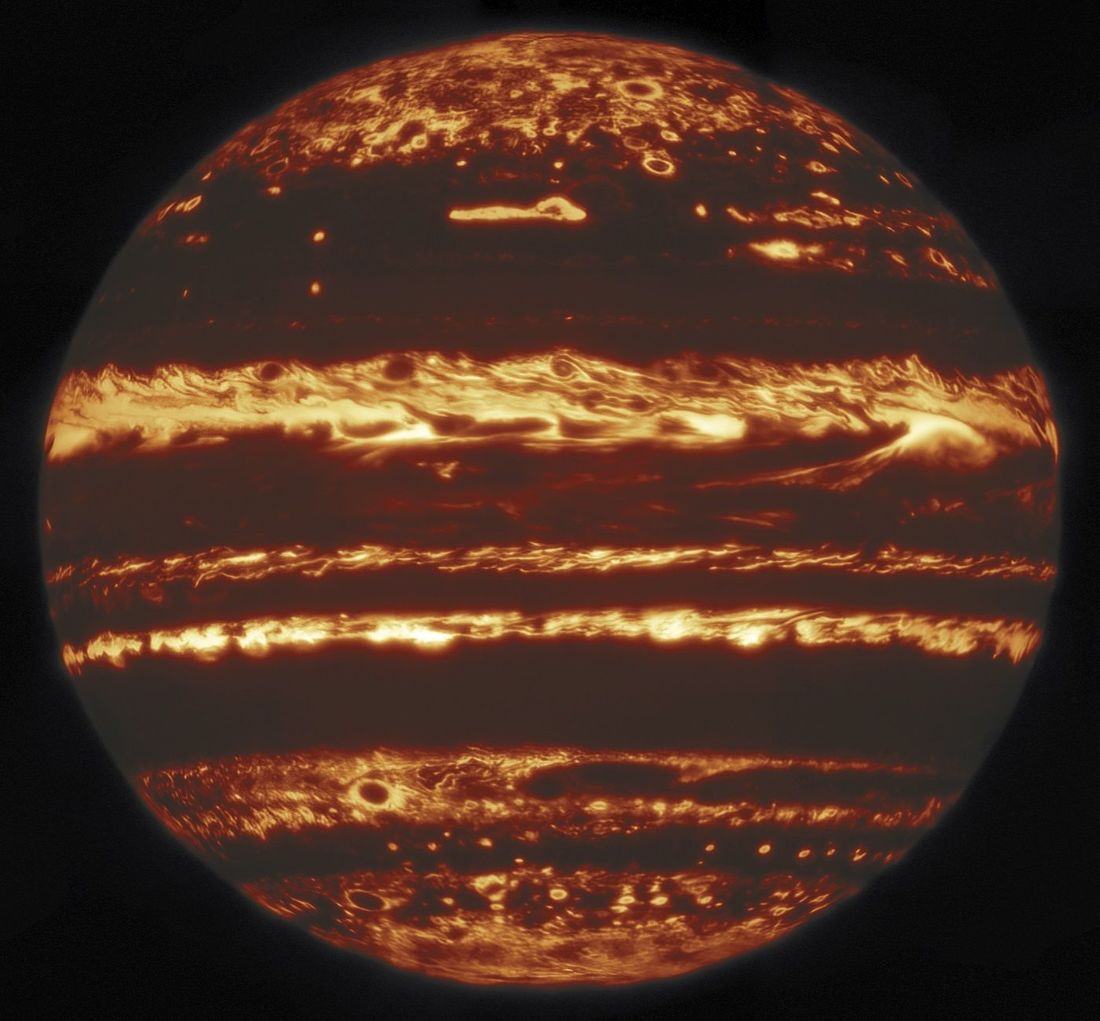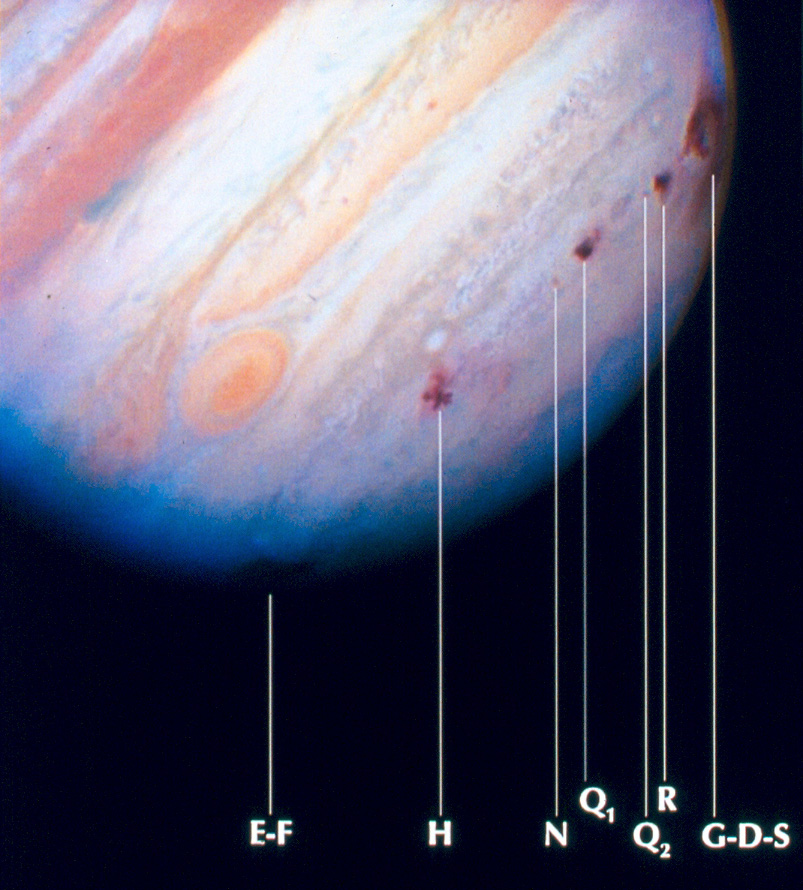warpus
Sommerswerd asked me to change this
Yeah, I gotcha, I just still can't visualize this. Then again, I've never tried to put a satellite into geostationary orbit. It's just that what's been pounded into my head is that any burn in the retrograde lowers your orbit on the other side i.e. periapsis. Clearly that is just an oversimplification. I'm going to have to do this in KSP to see the exact effect of the burn to understand it I think.
Seems like this would be easier to do further out, i.e. not close to the planet. Isn't that where most geostationary satellites live? Is this maneuver even possible when your circular orbit is super close to the atmosphere, or will you just start dipping into the atmosphere eventually?
I have too many questions.
edit: I watched a video on how to put up a satellite into geostationary orbit and that's not how you do it. It seems that it has to go at a specific orbit. It also seems that your speed around a planet depends on your orbit height and nothing else. So how could it be possible to stay at the same orbit and slow down? I am even more confused now. But I do realize that orbital mechanics aren't easy to wrap your head around, so I'm probably just missing some key detail
Seems like this would be easier to do further out, i.e. not close to the planet. Isn't that where most geostationary satellites live? Is this maneuver even possible when your circular orbit is super close to the atmosphere, or will you just start dipping into the atmosphere eventually?
I have too many questions.
edit: I watched a video on how to put up a satellite into geostationary orbit and that's not how you do it. It seems that it has to go at a specific orbit. It also seems that your speed around a planet depends on your orbit height and nothing else. So how could it be possible to stay at the same orbit and slow down? I am even more confused now. But I do realize that orbital mechanics aren't easy to wrap your head around, so I'm probably just missing some key detail
Last edited:




